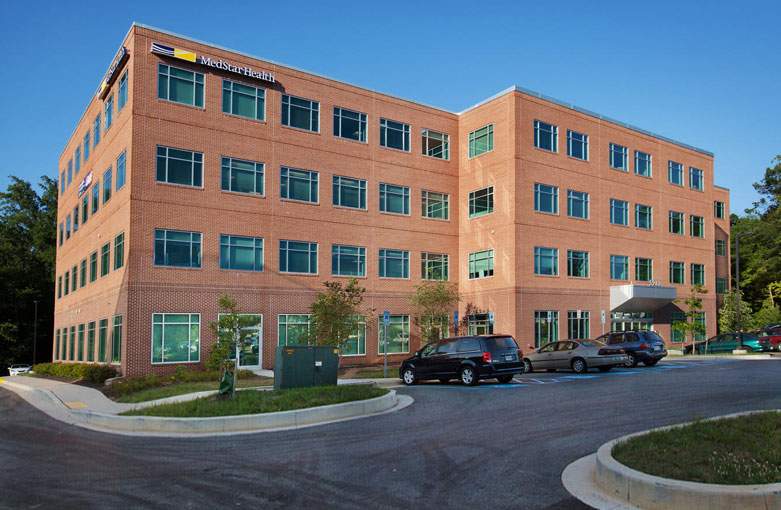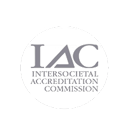Vascular Surgery Procedures
At our two state-of-the-art facilities, our board-certified vascular surgeons perform a full range of surgeries for diseases involving the arteries, veins and lymph vessels. Our surgical team provides compassionate care in private preparation and recovery rooms.
We will coordinate care with your referring physician and work with your insurance provider to ensure that you receive the best possible treatment and optimal healthcare benefits. We accept most major healthcare insurance, including Medicare and Medicare.







